
Photosynthesis in Desert Plants: It’s About Time
Research, The Plant Cell, The Plant Cell: In a NutshellBoxall et al. investigate CAM photosynthesis in Kalanchoë fedtschenkoi The Plant Cell (2017). https://doi.org/10.1105/tpc.17.00301
Background: During photosynthesis, most plants use the enzyme Rubisco to capture CO2 during the day. Crassulacean acid metabolism (CAM) plants such as prickly pears,…
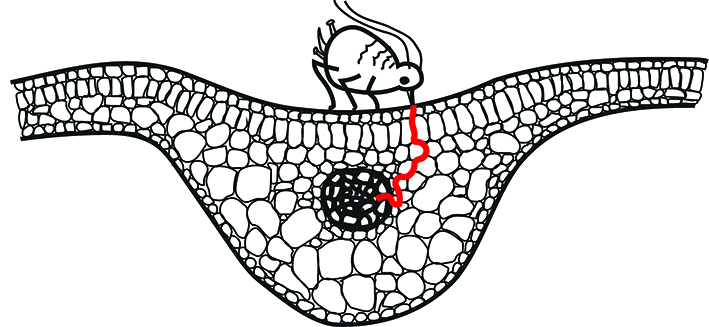
A Plant Protein That Foils Aphid Feeding
Research, The Plant Cell, The Plant Cell: In a NutshellKloth et al. probe aphid feeding behavior. The Plant Cell 2017 doi: 10.1105/tpc.16.00424
By Karen Kloth
Background: Aphids are phloem-feeding insects. They penetrate plants with a piercing-sucking mouth. Once they reach a tube where the plant transports its sugar-rich phloem sap, they can take…

Improving crops by genome editing
Blog, Plant Science Research Weekly, Research, Research BlogIntroducing new desirable traits in domesticated crops takes time and is limited by the need for existing trait variation in members of the same species or closely related species. Rodríguez-Leal et al. propose a system by which variation in a quantitative trait can be generated by editing the promoter…

Low-gluten, non-transgenic wheat engineered with CRISPR/Cas9
Blog, Plant Science Research Weekly, Research, Research BlogCeliac disease is a debilitating autoimmune disease in which antigens in plant gliadins (one type of gluten protein) stimulate production of antibodies that inflame the lining of the small intestine. In wheat, α-gliadin (the main cause of the sensitivity) is encoded by more than 100 genes, thwarting…

Peanuts that keep aflatoxin at bay: A threshold that matters
Blog, Plant Science Research Weekly, Research, Research BlogAflatoxins are small molecules that are extremely damaging to human health that are produced by the fungal species Aspergillus flavus and Aspergillus parasiticus. Peanut pods form underground and so are particularly vulnerable to infection by the fungus. Sharma et al. used a two-pronged approach to…
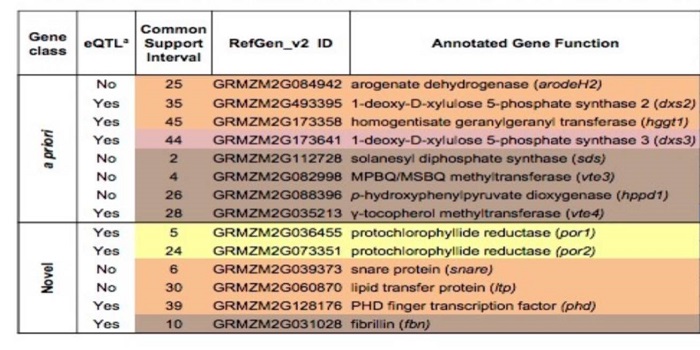
Novel loci underlie natural variation in vitamin E levels in maize grain
Blog, Plant Science Research Weekly, Research, Research BlogVitamin E (alpha-tocopherol and related tocochromanol compounds) is a lipid-soluble antioxidant that contributes to numerous cellular activities and confers protection against many diseases, from cancer to cardiovascular disease. The main sources of vitamin E for humans are plant oils, but most crop…
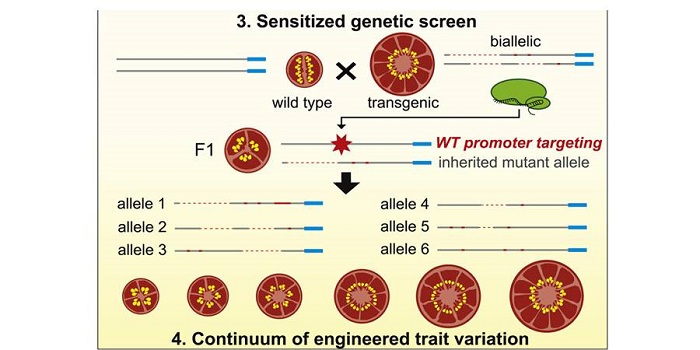
Engineering quantitative trait variation for crop improvement by genome editing ($)
Blog, Plant Science Research Weekly, Research, Research BlogVariation is the engine of evolution, and plant breeders and geneticists have long relied on induced variation to create a population from which to select. Rodríguez-Leal et al. used CRISPR/Cas9 mutagenesis to selectively introduce variability into the promoter regions of three genes involved in tomato…
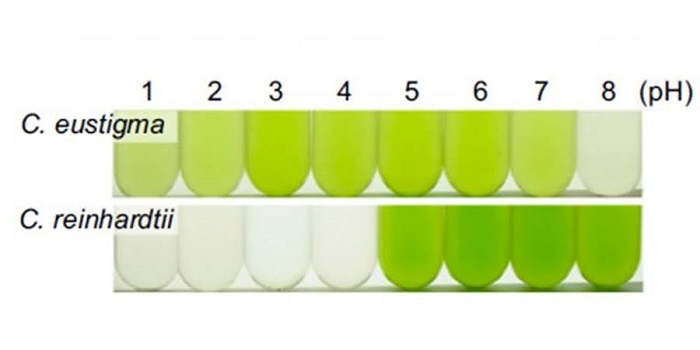
An acidophilic green algal genome provides insights into adaptation to an acidic environment ($)
Blog, Plant Science Research Weekly, Research, Research BlogHirooka et al. examined the genome of an acid-loving green alga, Chlamydomonas eustigma, to learn how it tolerates its low pH environment. Key differences between the acidophilic species and the neutrophilic species Chlamydomonas reinhardtii include: an increase in expression of genes encoding plasma…
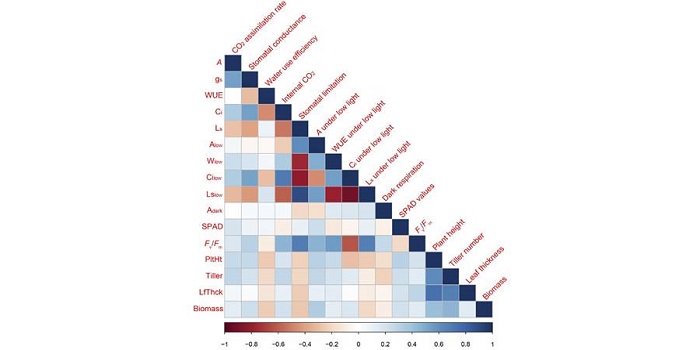
Natural variation of photosynthetic traits for enhanced yield in rice
Blog, Plant Science Research Weekly, Research, Research BlogNatural variation in photosynthetic traits can be exploited for new targets for breeding or genetic engineering of crops. In an effort to identify traits which can lead to enhanced biomass production and therefore yield potential in rice, Qu et al. conducted a comprehensive survey of 14 photosynthetic…

